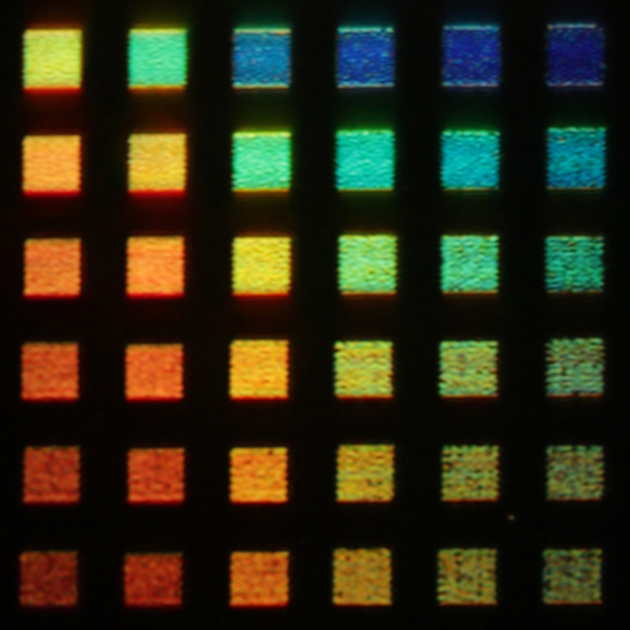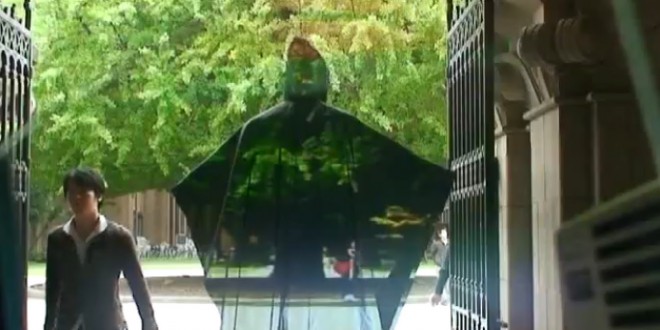An invisibility cloak as seen in Harry Potter might not be here yet, but there have been certain advancements made in technology that come close to the technology used in X-Men. Not that we can turn ships invisible, yet. The whole concept of an invisibility cloak has become much more tangible compared to when the Harry Potter books were written.
If you’ve heard of metamaterials, then you probably know that the technology is here, it only needs a lot of refining. Metamaterials are substances that change the way light behaves, bending it around objects to create refraction, making the invisibility cloak a bit more plausible. The downside of metamaterials is that they are not easy to build. Rice University has come up with a new way of getting close to our dreamy invisibility cloak, though.
The researchers at Rice University have developed a squid-like color display, that is derived from the camouflaging abilities of squids. These abilities of squids were noticed by many to have extraordinary properties, some squids being able to blend in with their environment to the point of complete invisibility – as if they had put on an invisibility cloak.
The technology Rice researchers developed uses grids of nanoscopic rods that create fine-tuned, vivid colors and polarize light at the same time. The technology could not only be used to develop your own invisibility cloak, but to create screens and monitors that not only offer sharp images, but much more durability than the LCD version we have on the market at the moment. The advantage of these nanoscopic rods is that they create pixels that are 40 times smaller than those on LCD screens and they won’t fade after prolonged exposure to light.
The invisibility cloak is still quite ahead in the future, but the researchers at Rice hope to combine the squid-technology with light-sensing technology that can change colors to match the environments. The high-tech invisibility cloak that would result from combining this technology would be able to coat objects and people in the display, rendering them invisible – or rather merging them with their environment.

You can read all about the research going on at Rice University here.
 Load the Game Video Games, Reviews, Game News, Game Reviews & Game Video Trailers
Load the Game Video Games, Reviews, Game News, Game Reviews & Game Video Trailers



